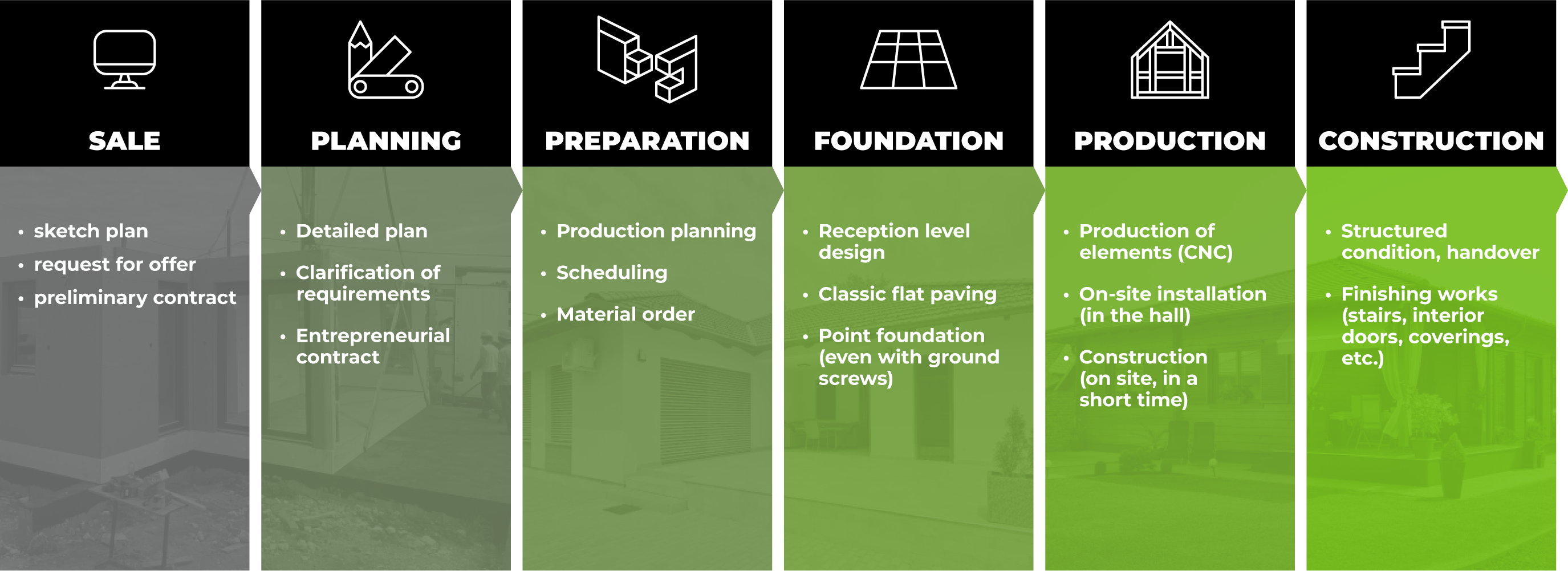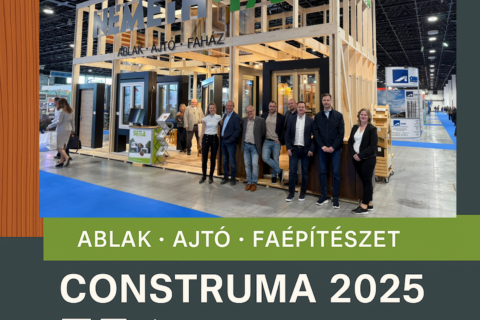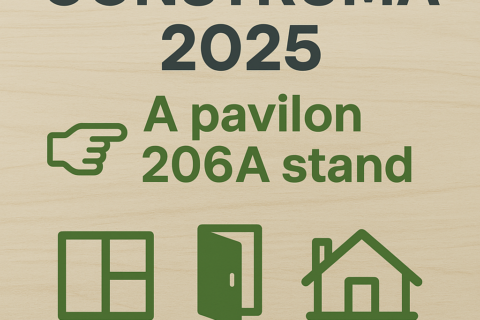
Wooden chalets

For us, quality starts with the first contact with the customer, continues with the selection of materials, then with 21st century technology. We are proud that we receive most of our work through our satisfied customers. Thank you for that.
Precision CNC machining – manufacturing processes
With our SEMA computer-aided design software and our CNC-controlled Hundegger K2i carpentry machine, even complex structural connections can be easily created with millimetre precision.
The duration of construction on site is shortened. Wooden frame structures can be prefabricated in our closed factory hall under operating conditions, regardless of the weather. And at the end the structures can be assembled quickly and accurately on the spot.
How does the hundegger K2I work?
Cut to size: The basic function allows longitudinal, transversal and any angle cutting, from 45×90 to 300×400 mm cross-section, in lengths of up to 13 metres and all this in millimetre precision.
Milling, flattening, tapping (classical and modern woodworking): At Hundegger, all these operations are carried out by a 5-axis milling machine with a roller milling cutter.
Drilling: The drilling is provided by two drilling rigs (horizontal and vertical) with drilling tools to meet the full scope of the joints demand.
Marking and labelling: Each element can be identified by the position of the connecting or passing elements, or by unique numbering. So, even a very complicated roof structure or wooden building can become a precisely cut, marked and “simple” jigsaw puzzle.
Complete software solution: Hundegger provides the software to export the CAD/CAM program data to the CNC file. All the elements machined in the machining centre can be viewed in any position on a flat screen.
Hundegger technology minimises installation time and guarantees maximum precision.
The three-dimensional design (CAD/CAM) can be used to think through the structure in detail, to create different traditional and modern carpentry joints, and to minimise assembly errors and time losses.
Additional benefits
- Reduction of execution time
- Reducing the ecological footprint
- Material savings
- Energy saving (both in production)
- Sustainability
- Environmentally conscious approach
- Waste minimisation – in the wood industry virtually 0, almost everything can be used for heating.


